Continuing the presentation of international photography awards focusing on architectural photography, we present this year’s results from the Fine Art Photography Awards. Previous competitions were the Sony World Photography Organisation, the Architizer A+ Awards and the International Photography Awards. FAPA conducts an annual competition for Professional and Amateur photographers.
Their mission is to celebrate Fine Art photography and to discover emerging talent from around the world.
In 2017 FAPA received 6335 submissions from 89 countries around the world. Winners were selected by highly acclaimed panel of international judges, including: Tim Franco, Nadia Dias, Liza Van der Stock, Matilde Gattoni, Amélie Labourdette, Valery Klamm and Pierre Abensur.
1st place winner, Zsolt Hlinka in his “Auditorium” series presents a study in symmetry by using as subject matter the theatres in Budapest in their empty state and from the point of view of the performer looking out from the stage.
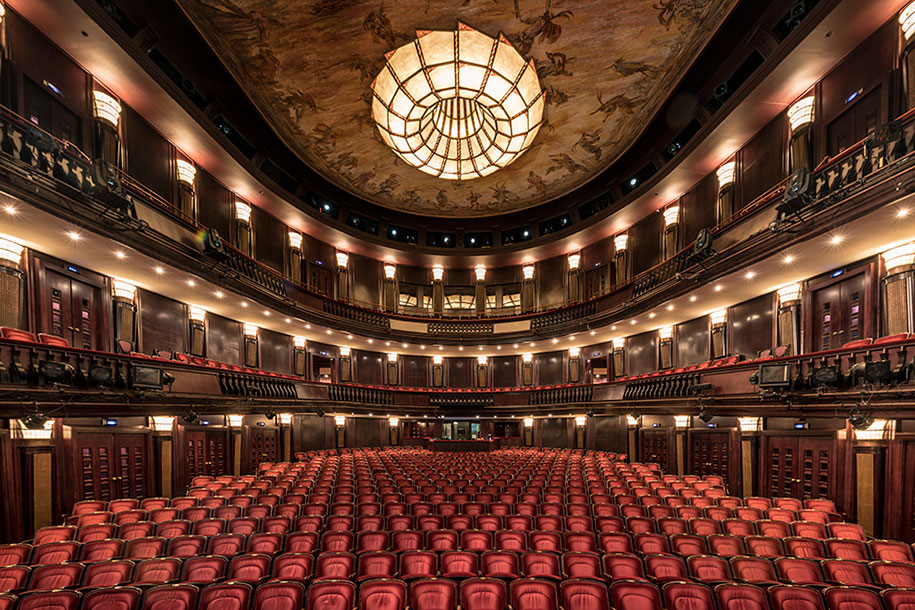
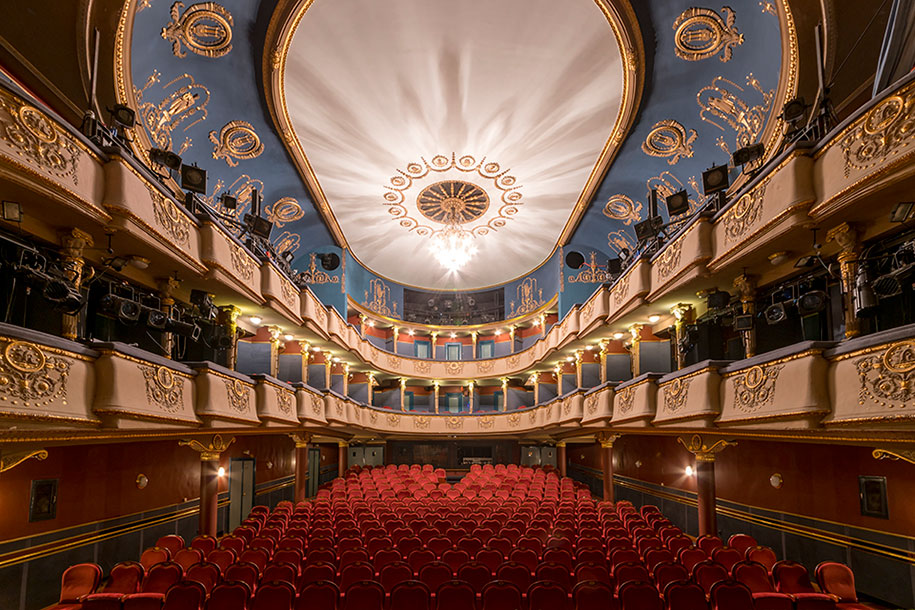
2nd place winner, Edi Chen in his “Balance: New York” series takes the study of symmetry to the urban scale using as subject matter buildings, bridges and historical landmarks of New York.
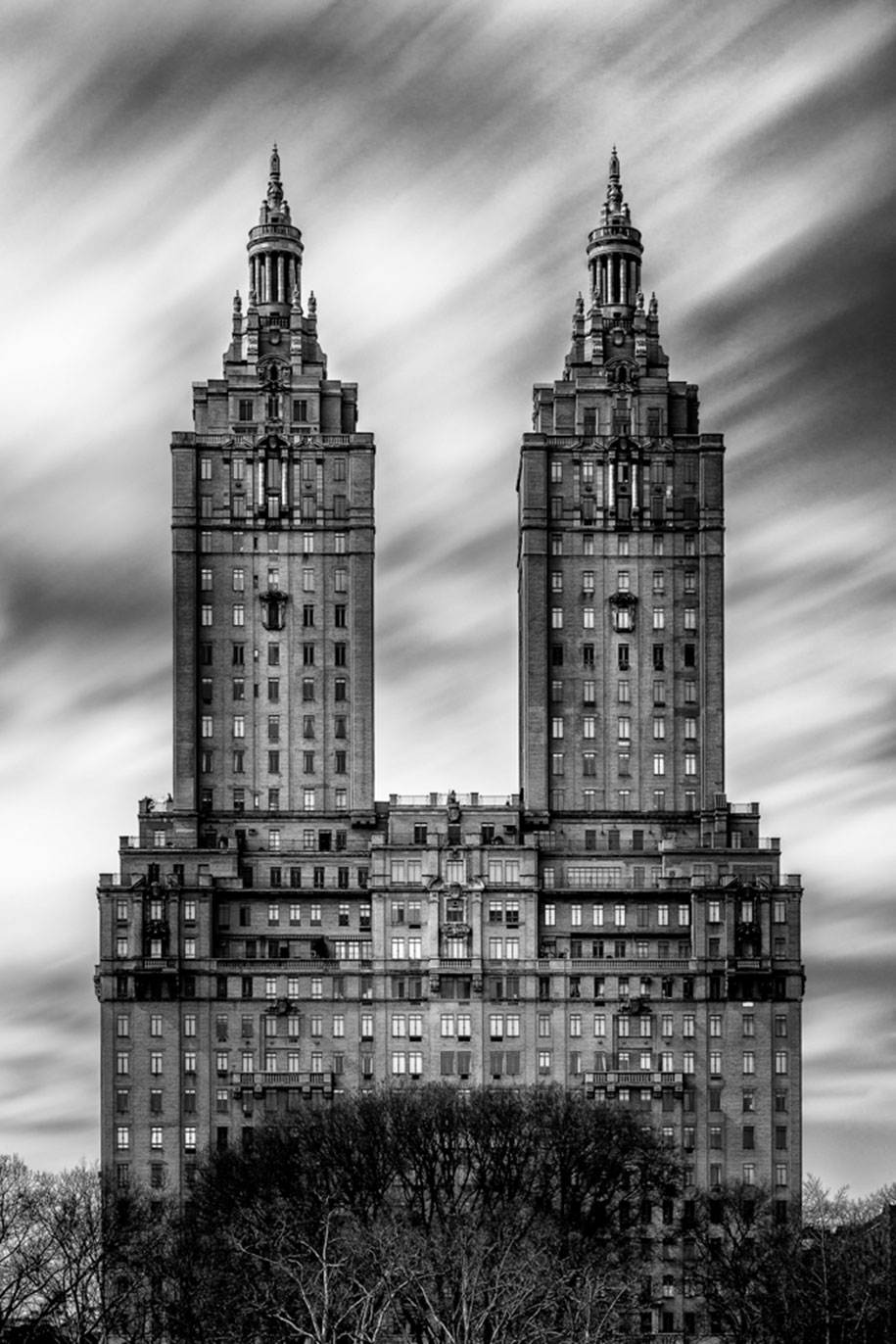
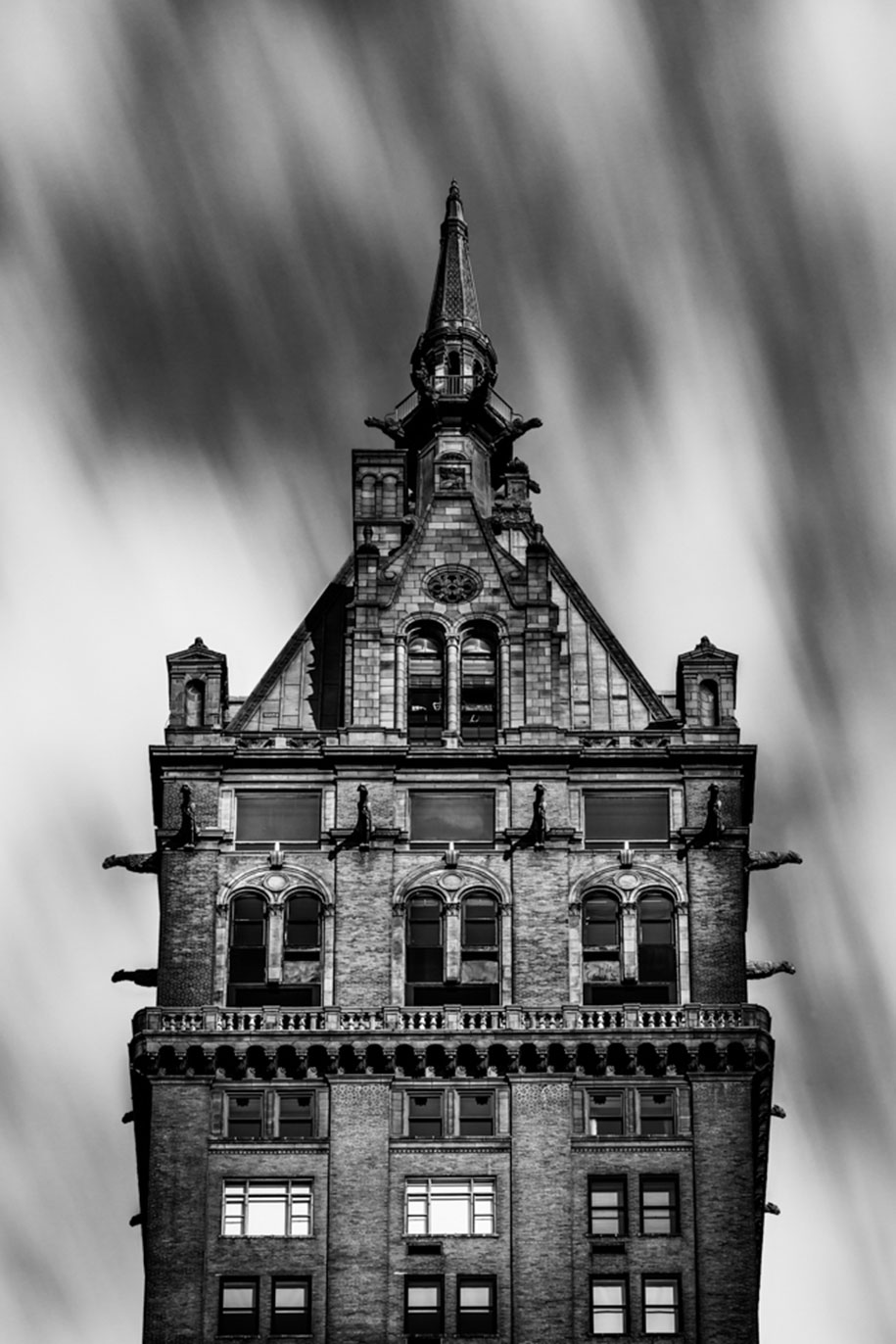
3rd place winner, Tony MCateer in his “National Museum of Qatar” series chose to capture the rapid urbanisation of Middle East countries with the example of the new museum under construction, unpolished and exposed. A bare structure of ambition, extravagance and innovation.
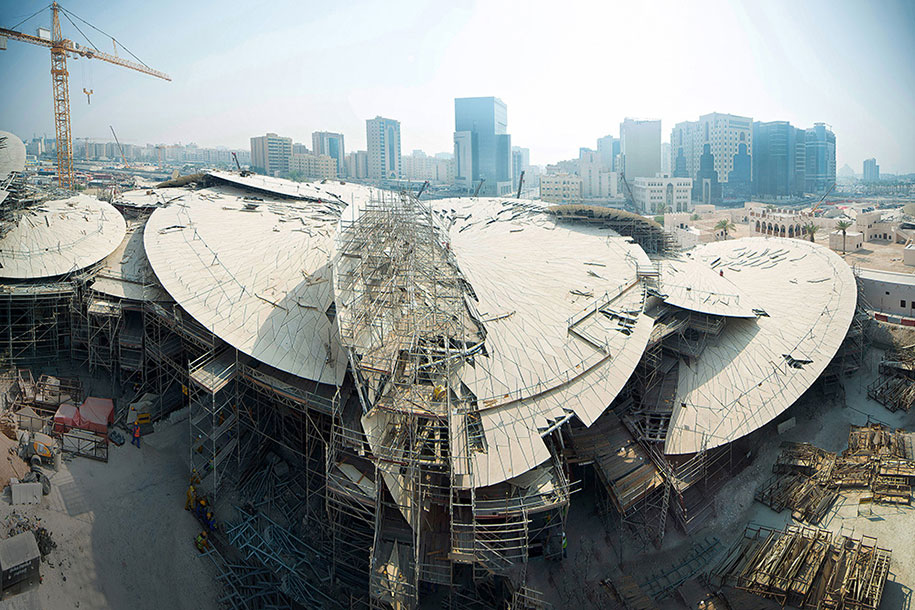
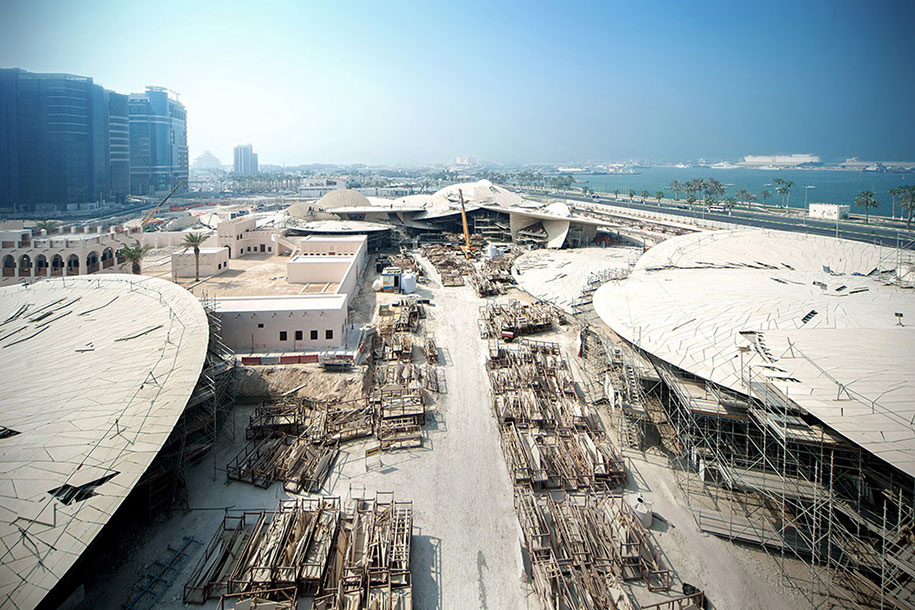
A selection of the honorable mentions include:
Ching Che Chen with the series “Expectation of the building”, using a similar performance as pencil drawings used by 3D graphic architectural visualisations in combination with the actual completion of the building.
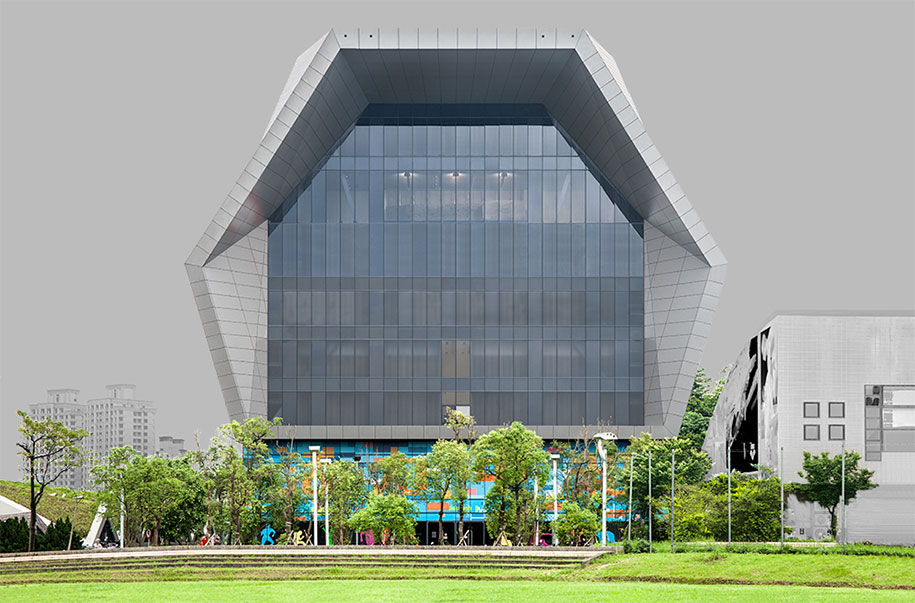
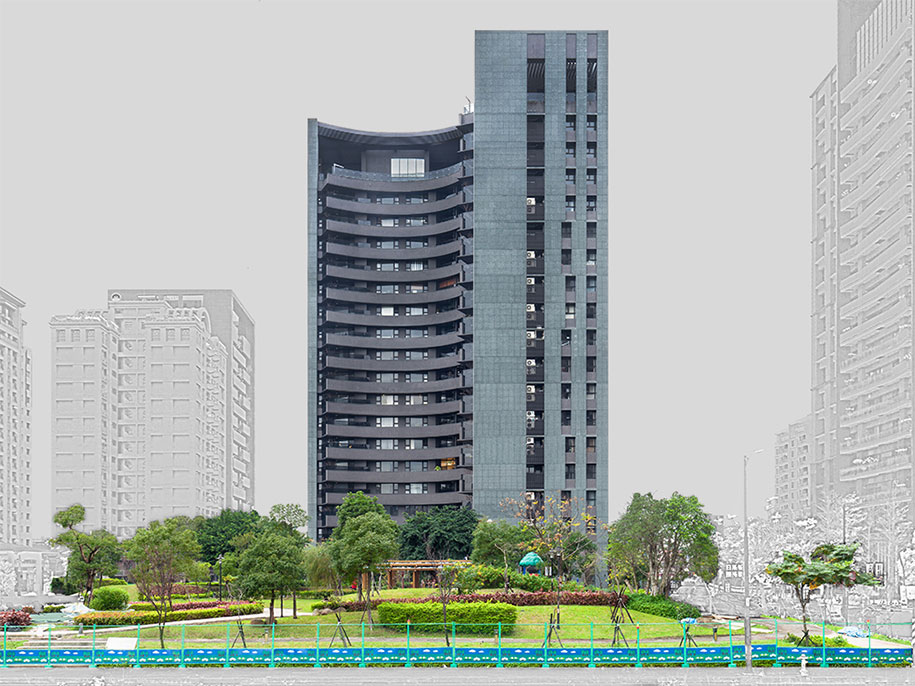
Ron Bambridge with the series “Detroit abandoned”, exploring the social change and visual transformation taking place all over the state of Detroit after the economic downturn and the abandonment of many homes, commercial and government buildings.
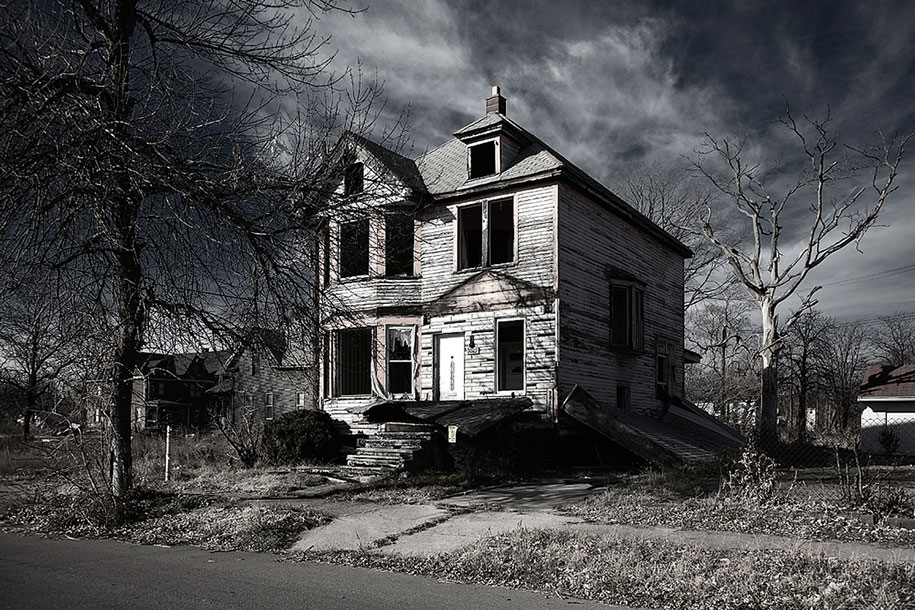
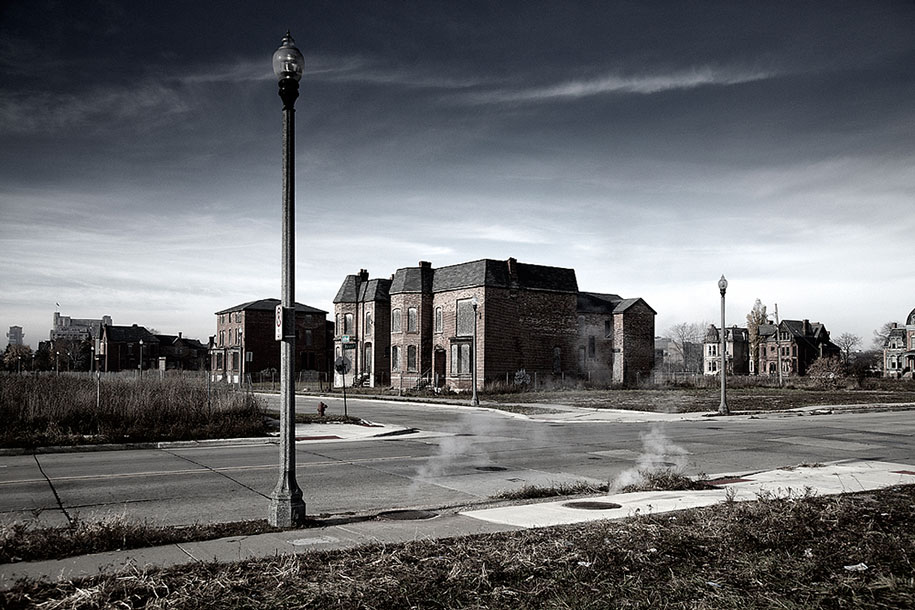
Pygmalion Karatzas with the series “Boomeritis”, presenting portraits of iconic architecture from United States in a style fusing the boundaries between representational and expressionistic image making, from his larger project “Integral Lens – a multi perspectival approach to architectural photography”.
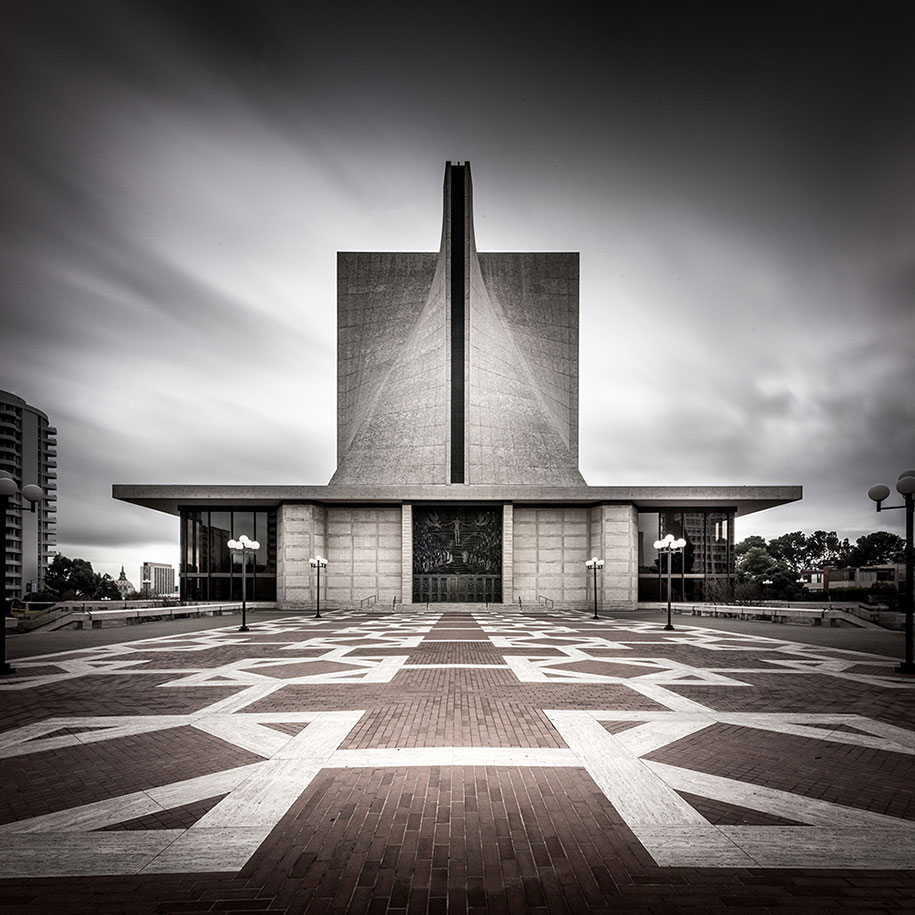
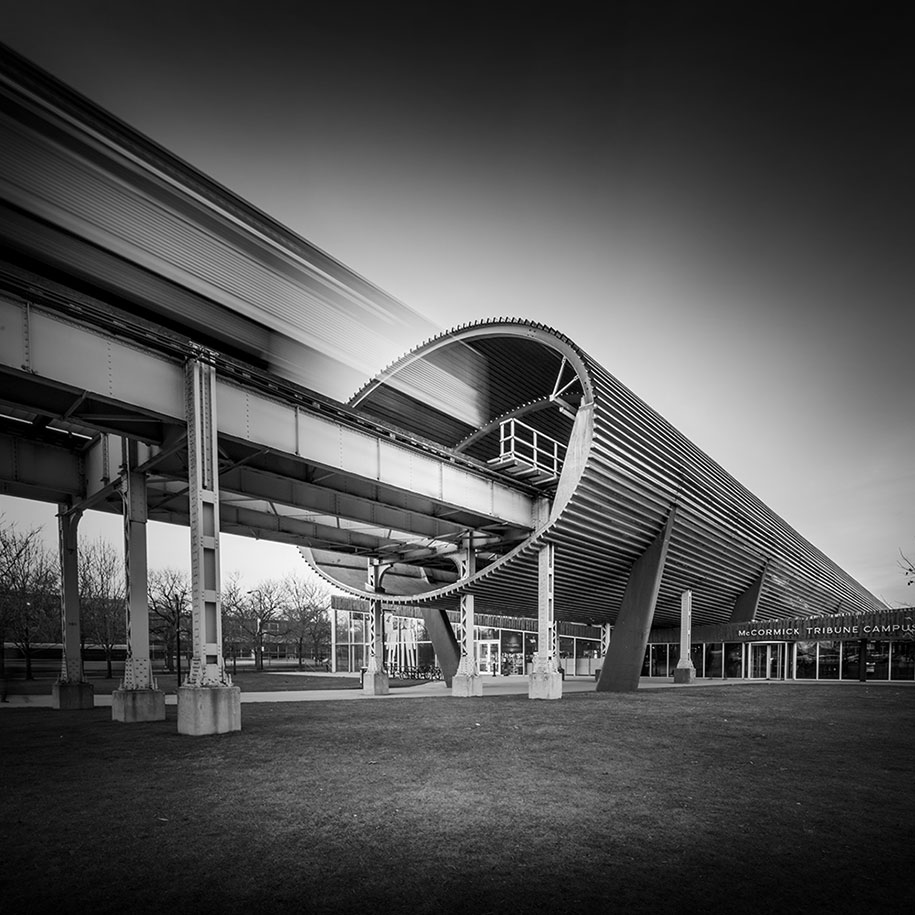
A second series, “Nortigo”, is an exercise in shifting points of view as a gesture to reveal new and interesting information, compositions and feelings from spaces designed to form a tangible connection between above and below.
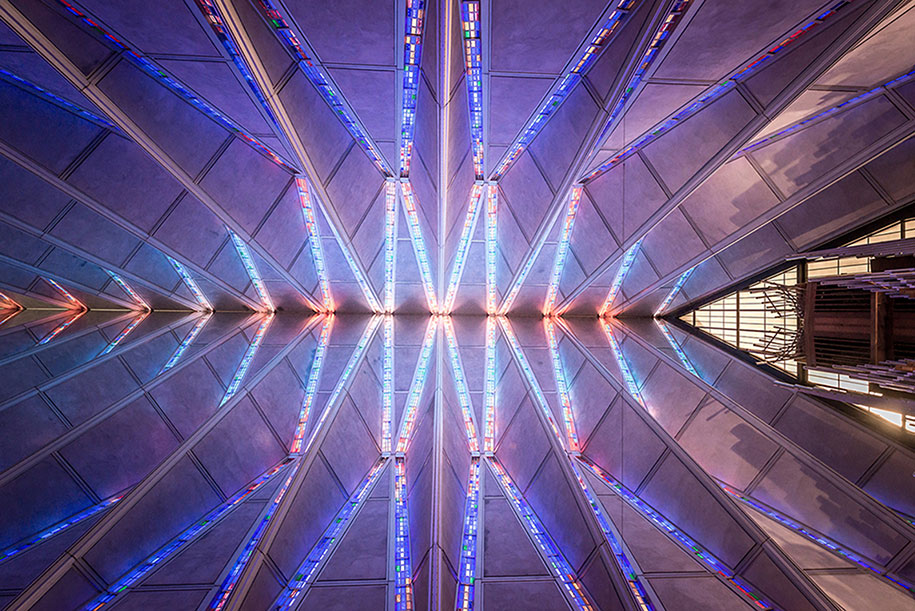
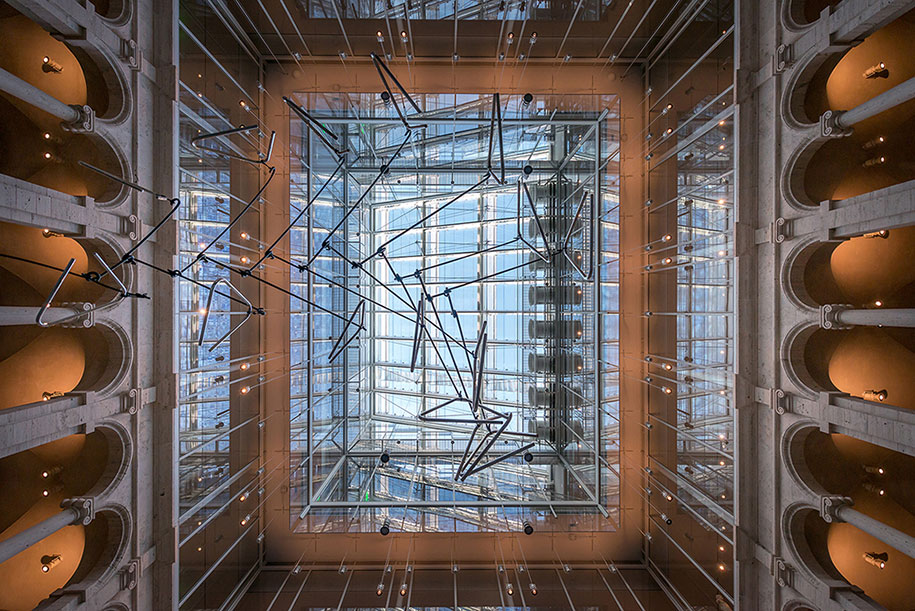
Xiao Yang with the series “Illusion in ruins”, exploring derelict places at night and light painting. Creating surrealistic images of abandoned monuments, empty and eerily quiet in darkness is his personal way of recreating a connection between the observer and the observed.
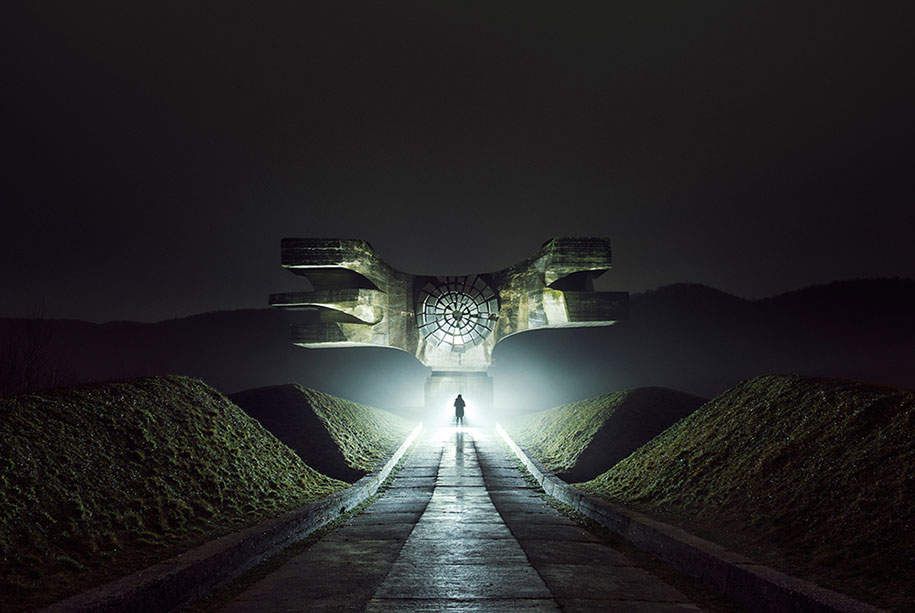
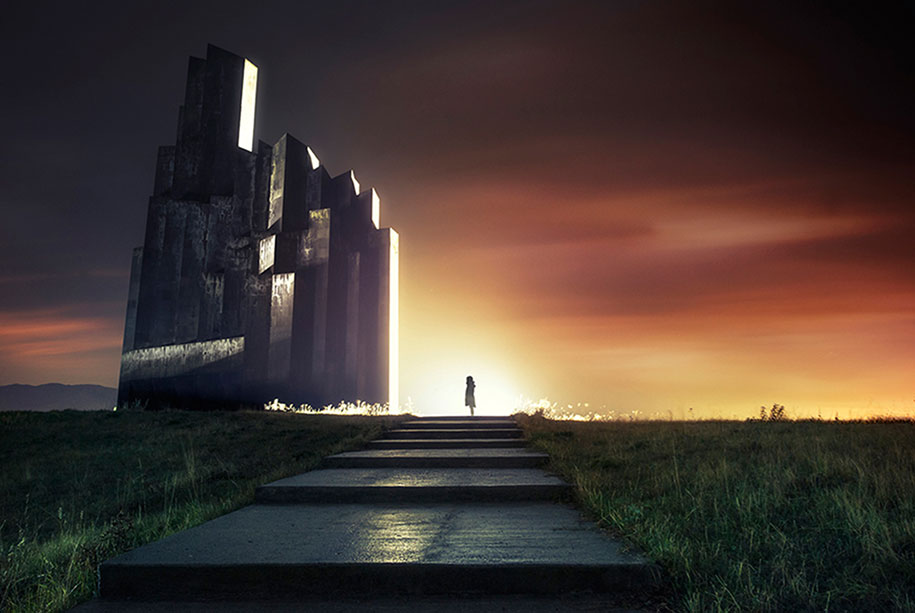
Carolyn Russo with the series “Art of the Airport Tower”, explores the varied forms and functions of air traffic control towers throughout aviation history and interprets them as monumental abstractions, symbols of cultural expression, and testimonies of technological change. The complete series covers over 85 contemporary and historical airports from 23 countries.
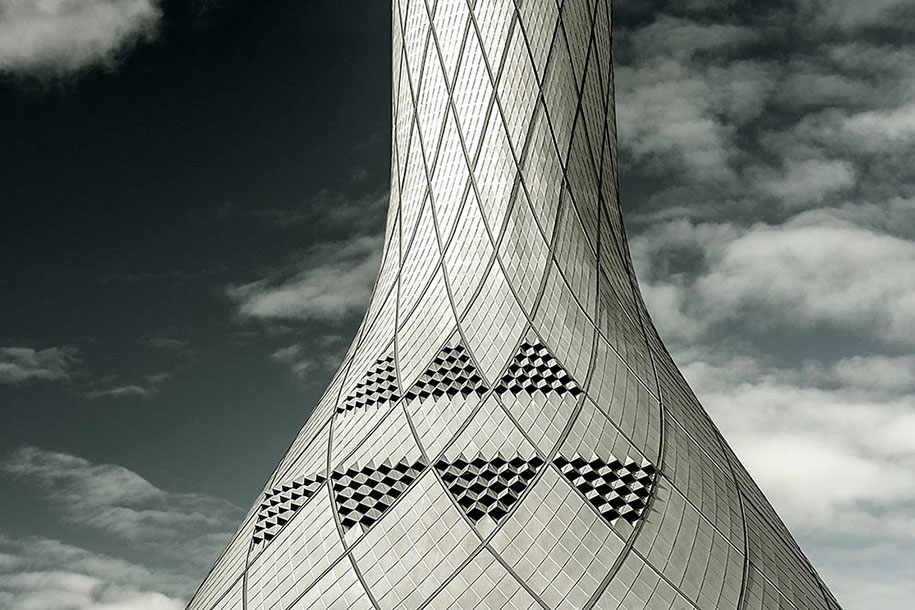
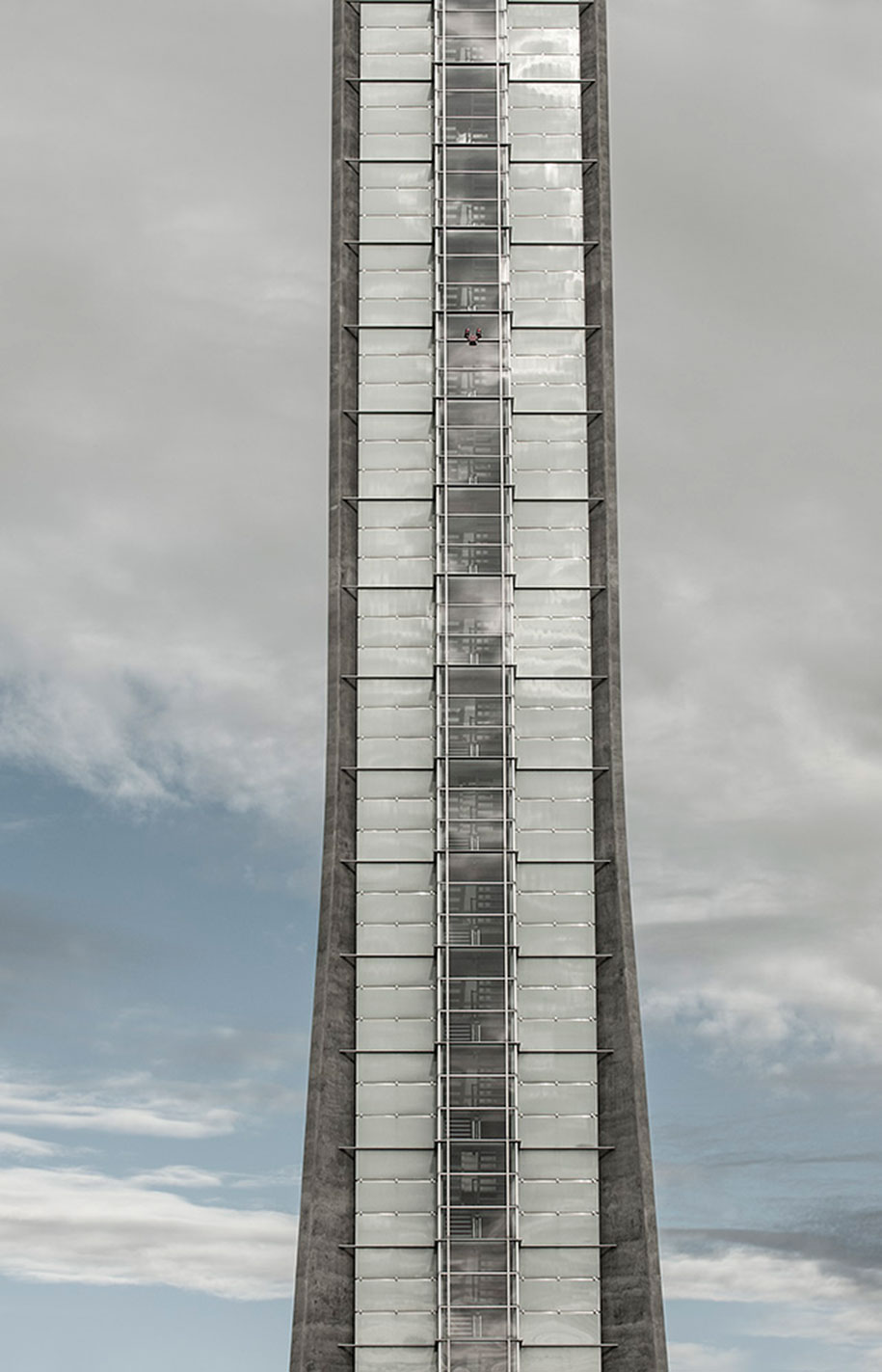
Franklin Neto with the series “Underworld” presents buildings of modern architecture in Portugal where low light and vibrant colours interact in different shapes and surfaces giving a mysterious atmosphere, unusually seen with our eyes, a reality hidden by the time of exposure and light.
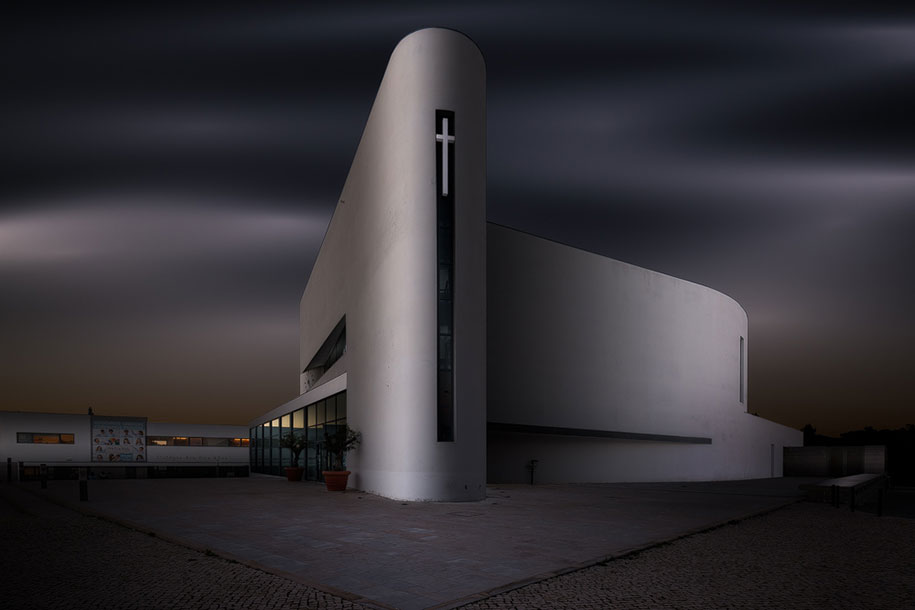
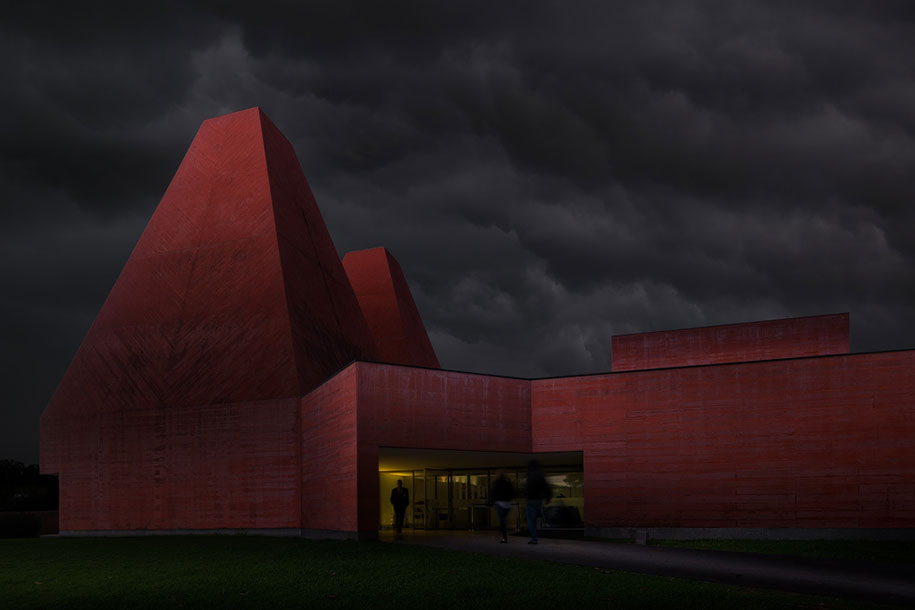
Leo Rohrsetzer with the series “Metamorphose” captures abstractions of the concave and convex forms of the Schauspielhaus in Dusseldorf by architect Bernhard Pfau, in a way to associate the formative language of the theatre with the organic process of metamorphosis in nature.
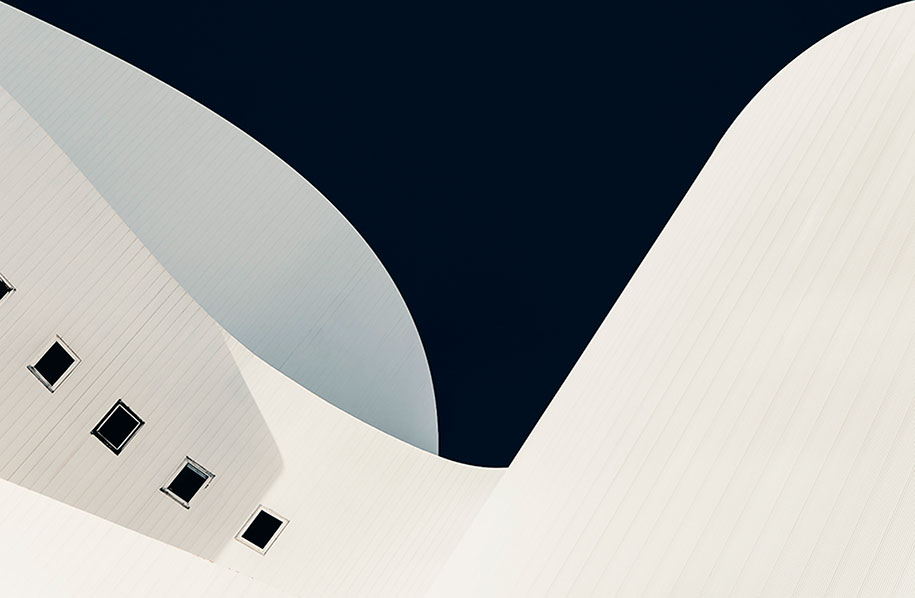
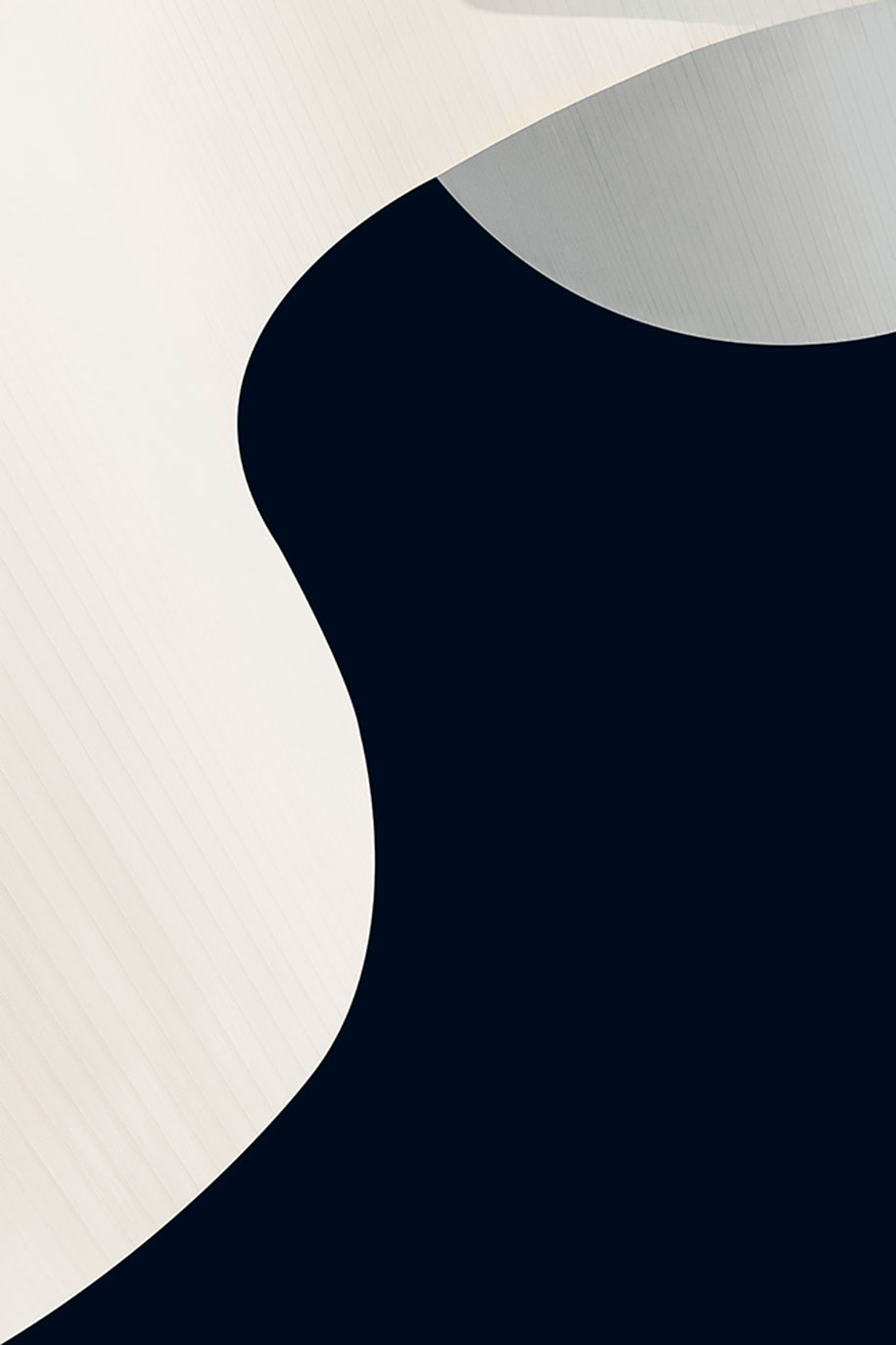
Adolfo Enriquez Calo with the series “Structures and infrastructures” presents an aerial point of view of roads and bridges, usually missed from our vehicles, integrated into the landscape as a means to portray their vital role in the development of our cities.
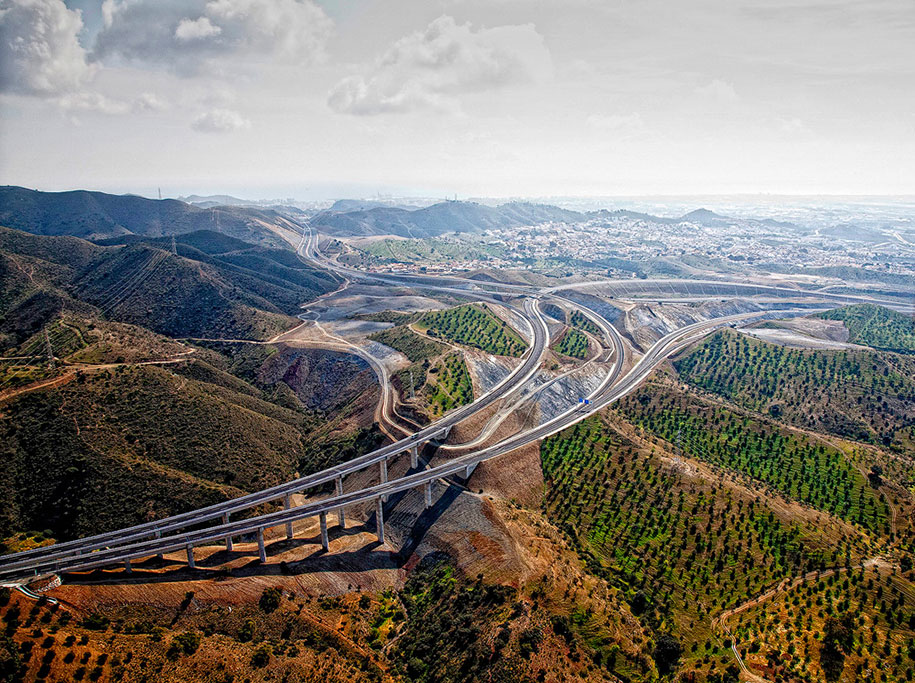
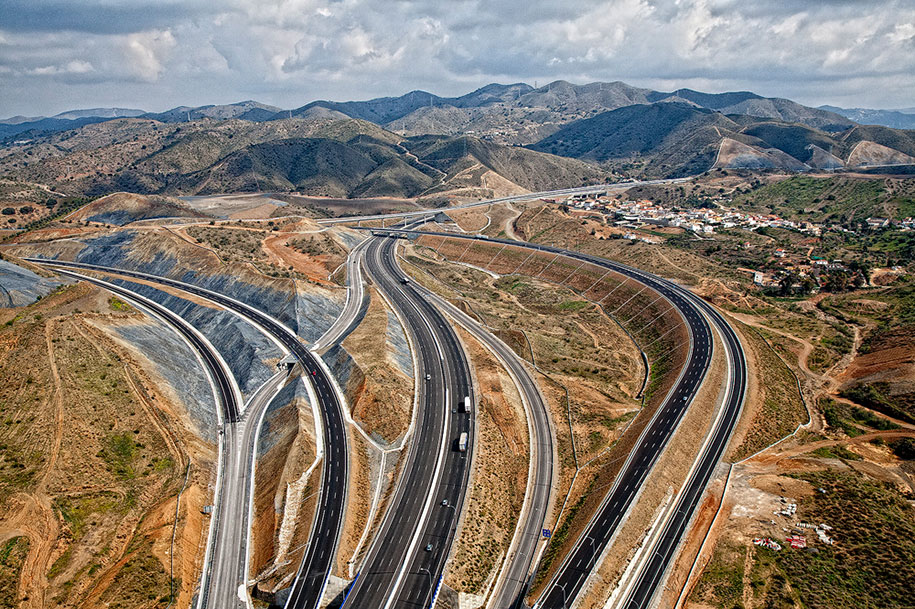
Yoshihiko Wada with the series “The Land of Connections” focuses on large scale bridges in Japan. With over 15,700 bridges, the country becomes the “land of connections”. Using stitched panoramas and 3-5 minutes long exposures, Wada’s images eliminate moving objects, acquiring a flat sea, creating dramatic skies and including the surrounding scenery.
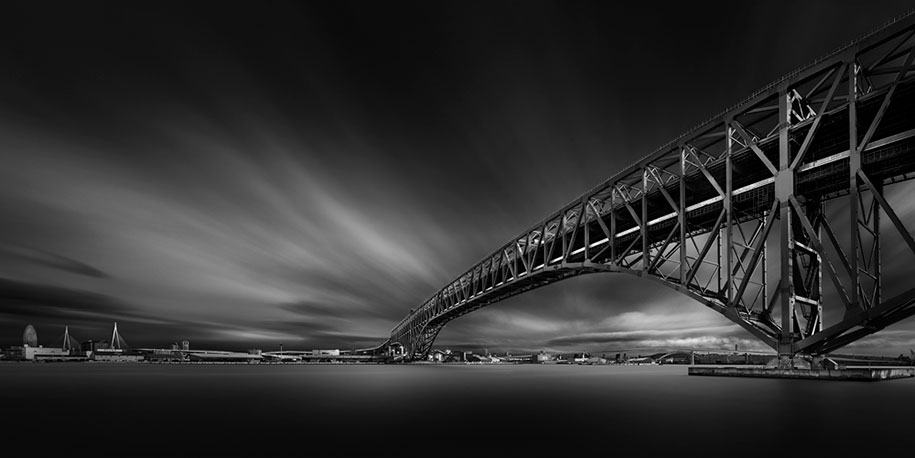
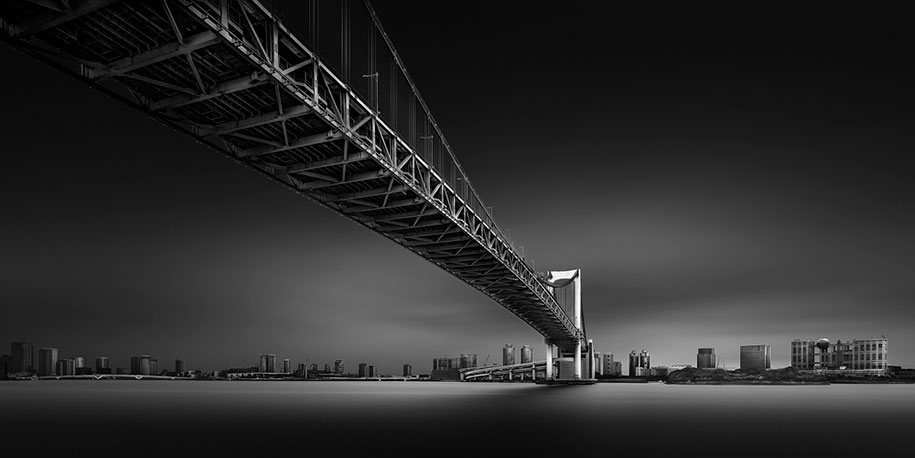
With works ranging from topographic perspectives to pictorial expressions, the jury present a wide spectrum of iconographic approaches to the study and representation of the built environment; and outline fine art photography as the instrument of passion, of the authors’ deeper sensitivities, their need to express feelings through images, and showcasing modern, postmodern approaches and beyond.
READ ALSO: Fashion Meets Literature, History & Gender in "Orlando" Exhibition - Dimitris Dassios & Vangelis Kyris